
Watch: Debora Moore
A pioneer of glass techniques, this renowned creator is one of the few Black female artists in her medium.
The influential art teacher uses books, found objects and photography to provoke thought and shift perception.
by Jas Keimig / June 2, 2023
Preston Wadley’s art books look like artifacts excavated from the soil of a distant planet.
Composed primarily of found objects and vintage photos, the artist’s sculpted, repurposed books are covered in a rusted metal patina that makes them appear to weigh hundreds of pounds.
In these pairings of objects and photos — a jigsaw puzzle facing a photo of a Black woman, a toy-sized Statue of Liberty head next to an image of a steamship — he cleverly comments on race and the history of photography, encouraging viewers to create their own meaning.
“Think of your eyes as ears because I’m trying to talk to you,” he said during a tour of his Bellevue Arts Museum show, Abstract Truth, which runs through October 8, 2023.
Wadley’s multimedia practice — photography, sculpture, installation — amalgamates his civil rights-era upbringing and his deep interest in the ways photography can impact perception of self and history.
Born in 1952, Wadley grew up in Los Angeles as a kid who loved to draw and paint. His childhood years were a period of major political and artistic upheaval in the city. The 1965 Watts Rebellion rocked Los Angeles, as Black people demanded racial justice. Black artists like Noah Purifoy and John Outterbridge addressed that unrest and began experimenting with assemblage and sculpture as a new way to reflect and express themselves politically.
As a young person living through that moment, Wadley wanted to contribute to the conversation through his own art.
“When I started making art in anger, so to speak — metaphorically — I thought about photography,” he says. “Photography was such an important aspect of life at the time, and photography seemed really interesting to me because of its evidentiary power. You can’t take a photograph without being there, and that was really appealing to me, being witness to life.”
In the early ’70s, at the encouragement of teacher and legendary artist Charles White, Wadley enrolled in the University of Washington’s arts program to learn from another legendary artist and teacher, painter Jacob Lawrence.
“He was a great role model as far as what a real artist looks like and what a real artist thinks about,” says Wadley, now 71.
After getting two degrees in painting — a BFA in 1975 and an MFA in 1977 — Wadley shifted back to photography and spent a decade working as a medical photographer at Seattle Children’s Hospital. Taking pictures of surgeries, medical anomalies, microscopic organisms and doctor portraits, Wadley “really learned how to be a comprehensive photographer.”
Alas, it wasn’t the art he’d dreamed of making. “I had to work my way out of it,” he says.
In the late 1980s, Wadley quit that job and eventually secured his first grant from the Seattle Arts Commission to make a documentary. In 1989, Wadley accepted a teaching position at the Cornish College of Arts, where he’d spend the next 30 years shaping generations of Seattle artists.
As a professor, Wadley focused primarily on developing his students’ unique voices and means of expression. “I’m not trying to make students a mini-me, I’m trying to make them an effective them,” he says. “If you’re a student, I want your work to look like only you could make it.”
Over his teaching career, Wadley has continued to show work at places like the Henry Art Gallery, the Center for Photography at Woodstock in New York and Photographic Center Northwest, and has had work acquired for the permanent collections at the Bainbridge Island Museum of Art and the Portland Art Museum. Since retiring in June 2020, now professor-emeritus Wadley has had even more time to concentrate on his own artistic practice. But for Wadley, life itself is an artistic endeavor.
“I don’t do nothing but art: I think about art, I read about art, I make art, I teach art,” he says. “It’s all part of the same continuum.”
Black Arts Legacies Writer

A pioneer of glass techniques, this renowned creator is one of the few Black female artists in her medium.
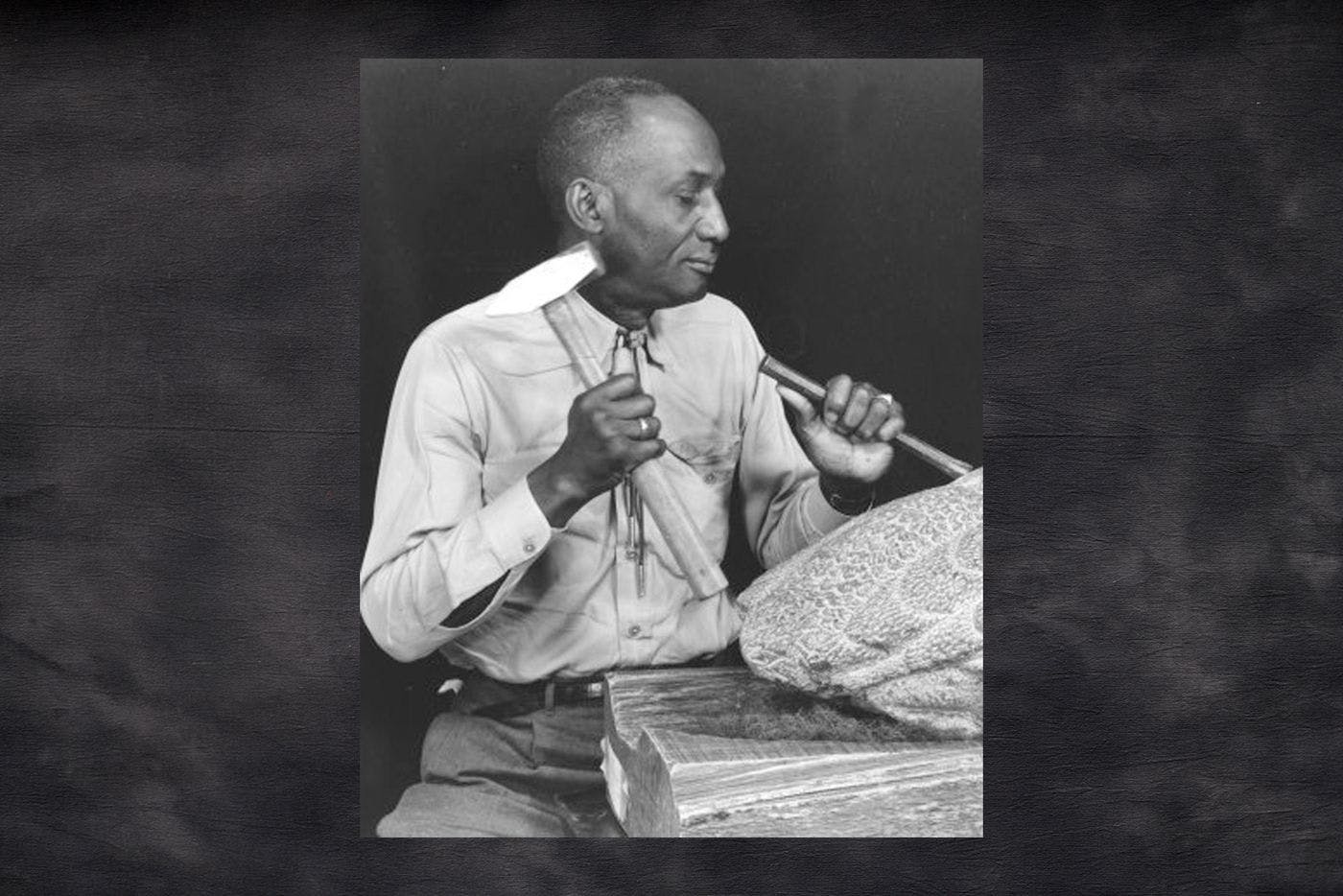
An influential member of the noted Northwest School, the Central District sculptor turned his home into a community center for artists.
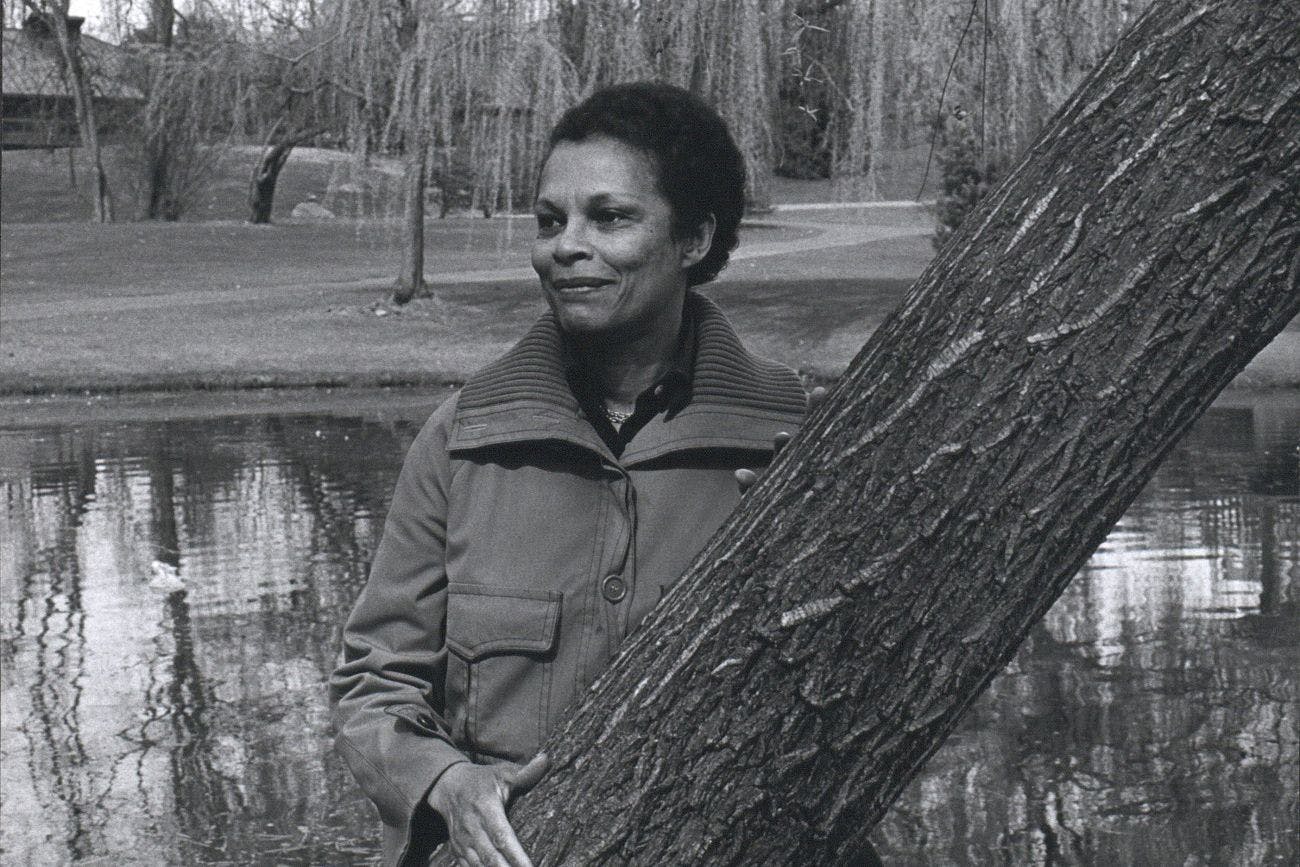
As a direct connection to the Harlem Renaissance, this often overlooked painter inspired generations of Seattle movers and shakers.
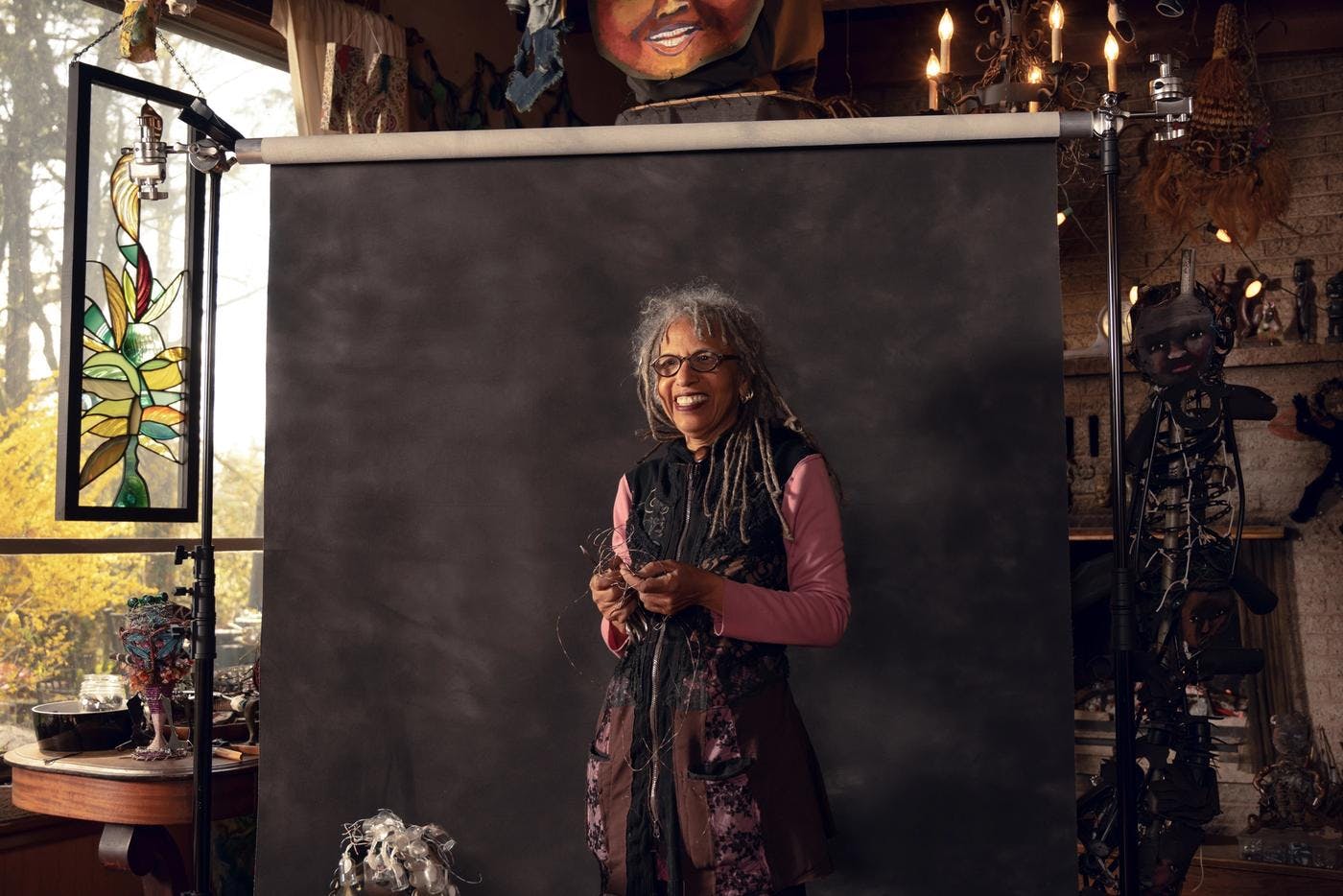
Salvaging old cloth and scrap metal, the longtime Seattle sculptor finds beauty in what’s discarded.
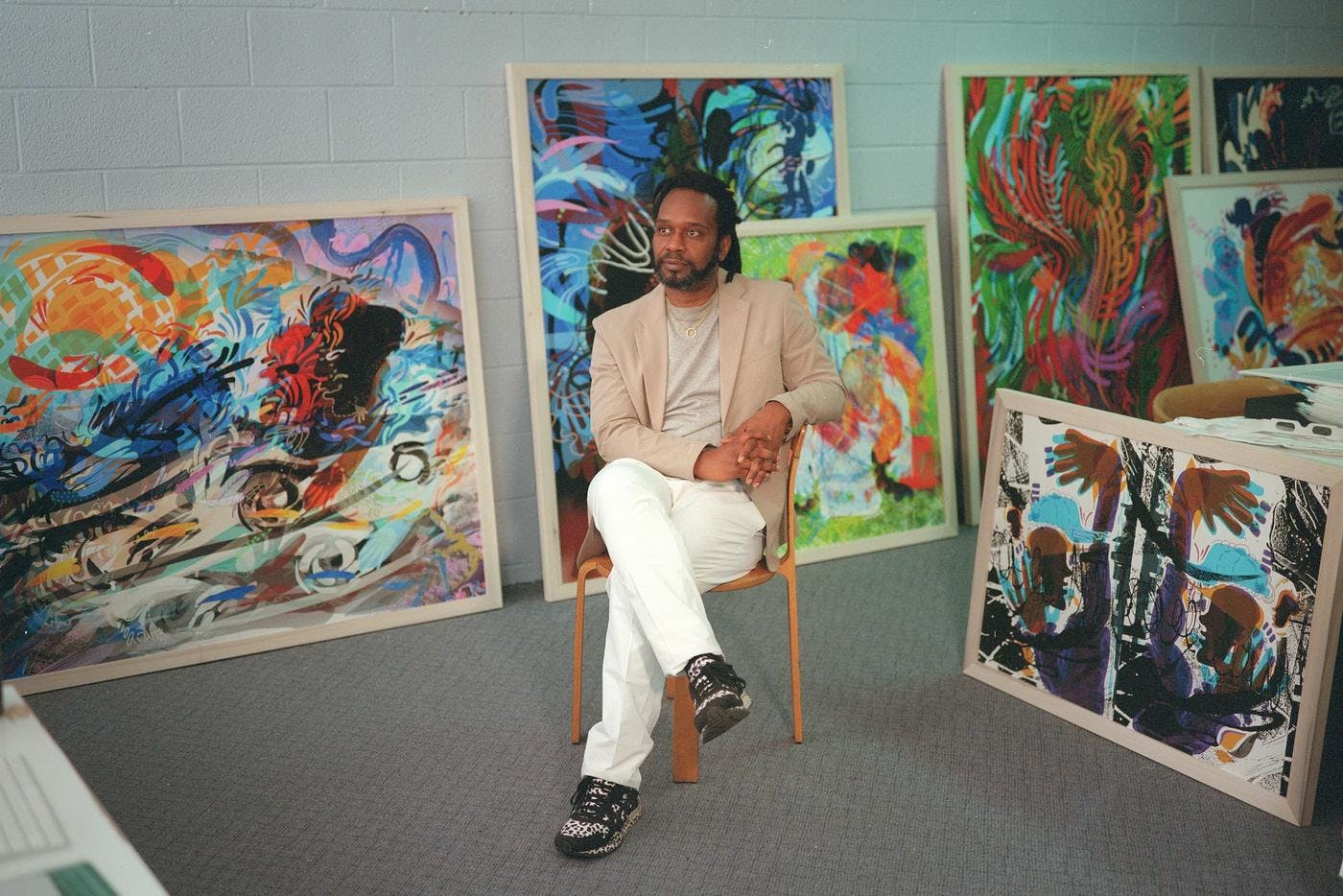
This Seattle artist channels his personal history and activism into vibrant murals and abstract paintings.
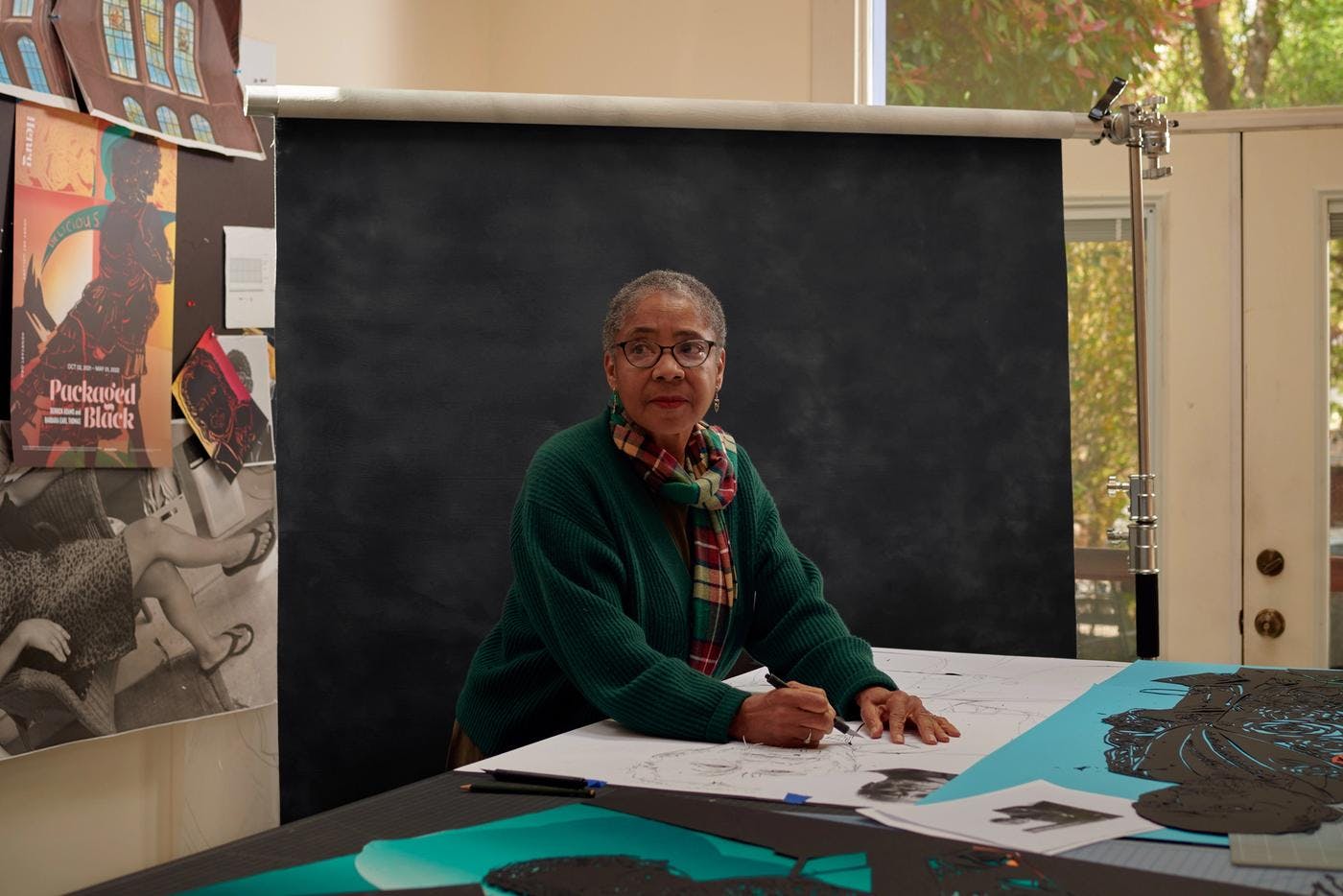
With meticulous skill and a communal approach, the longtime Seattle artist has cut her own path.
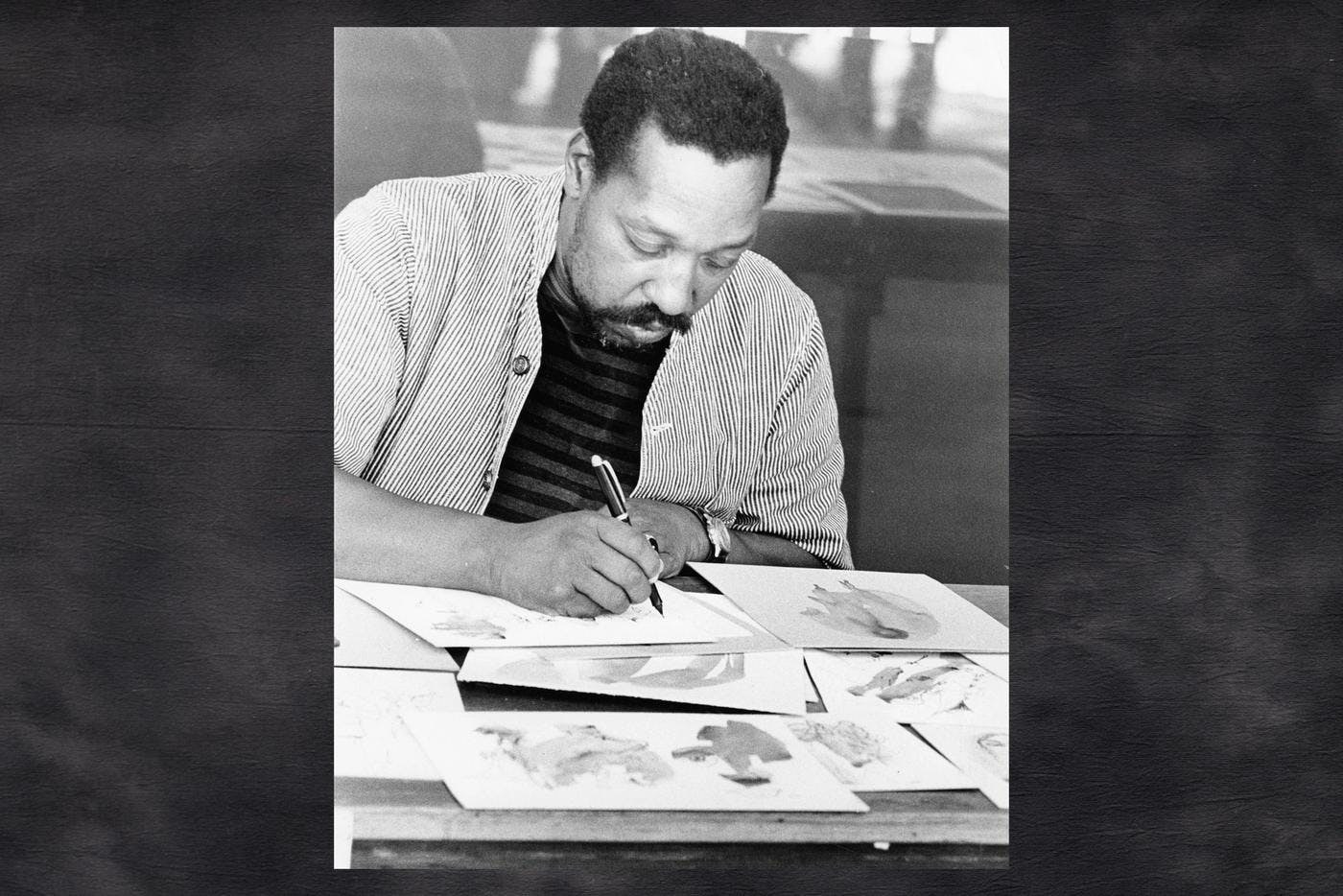
The first Black art instructor in Washington was an experimental artist ahead of his time.
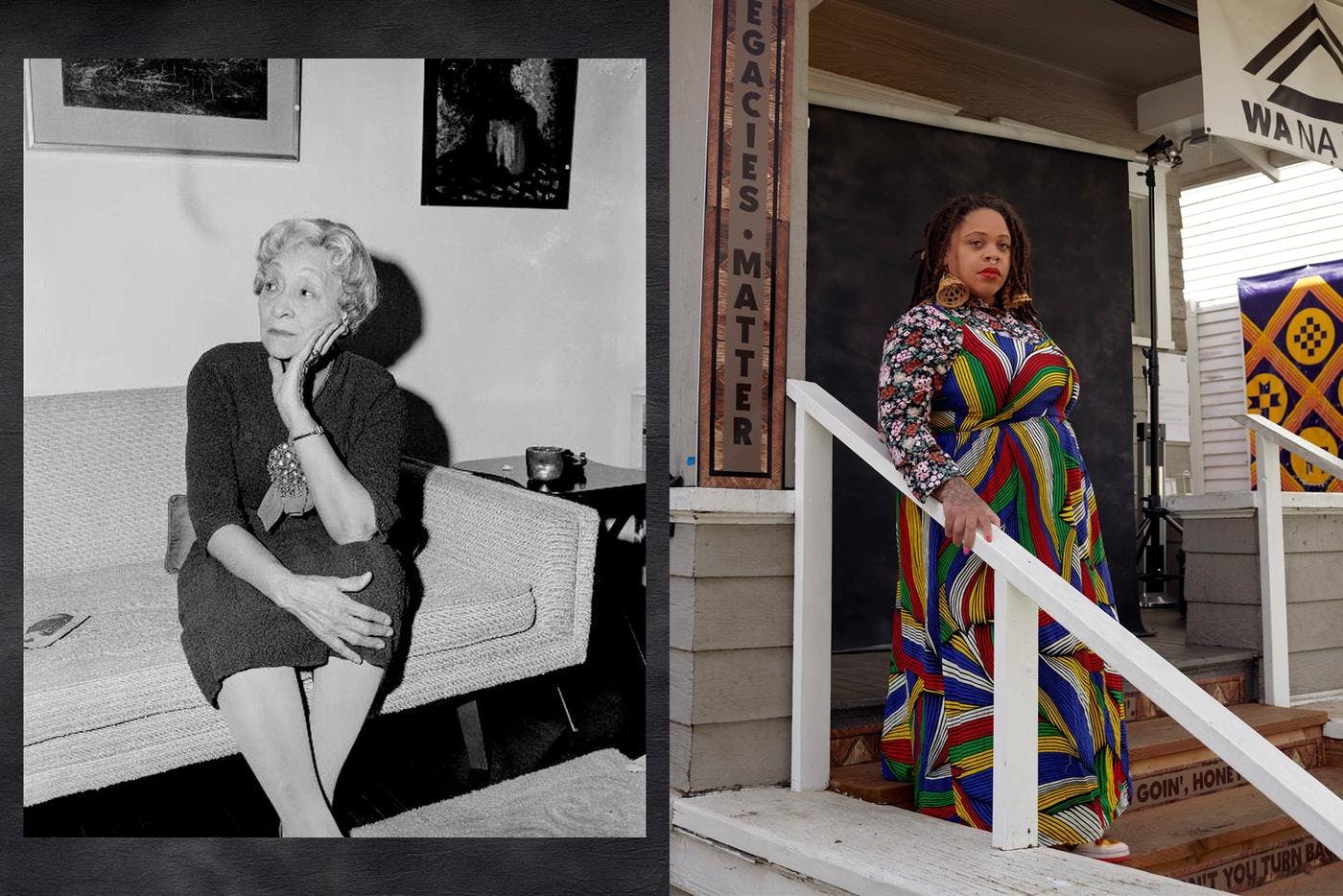
Two curators separated by decades turn homes into galleries to support artists.
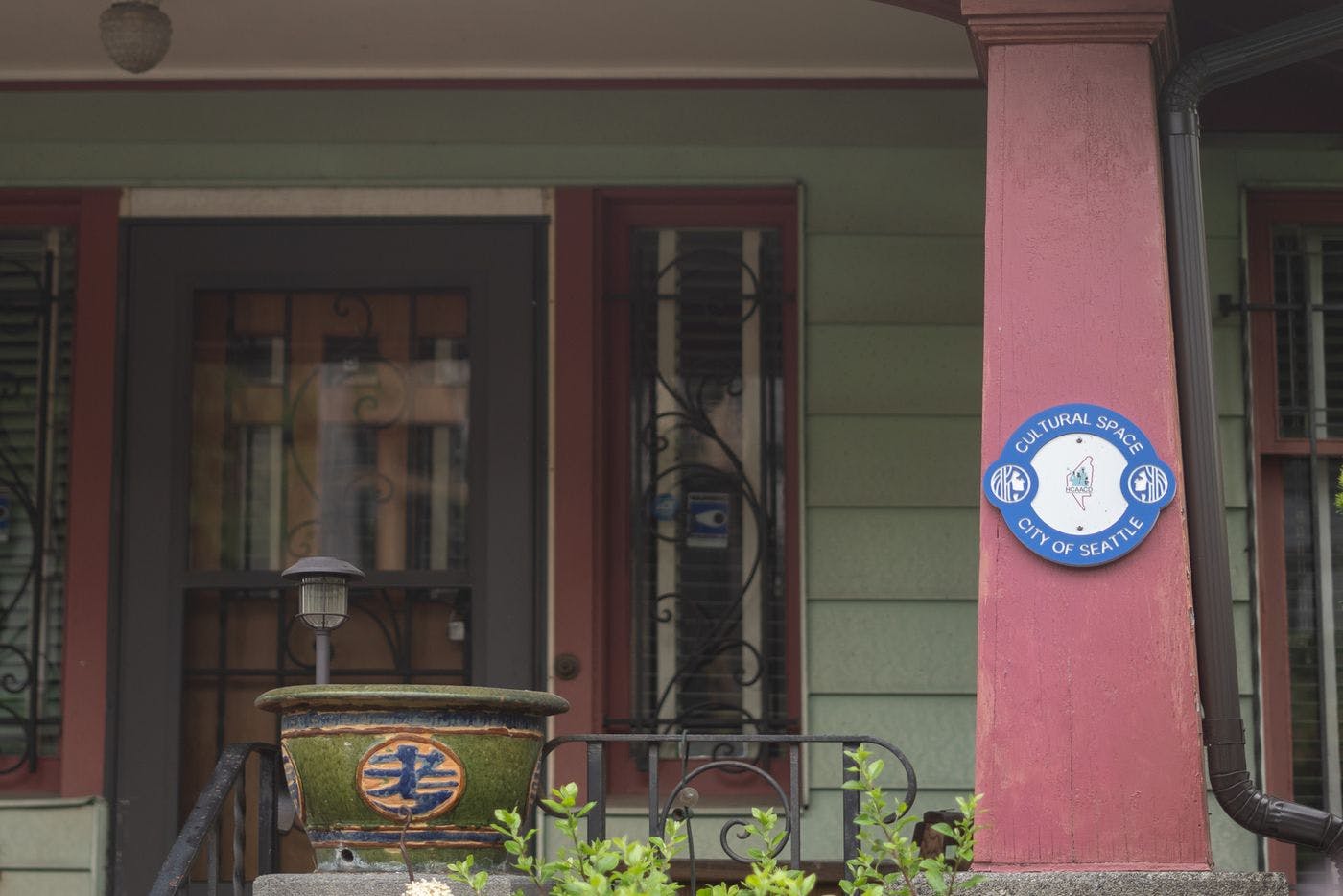
The late couple's house is now a cultural center that inspires the next generation.
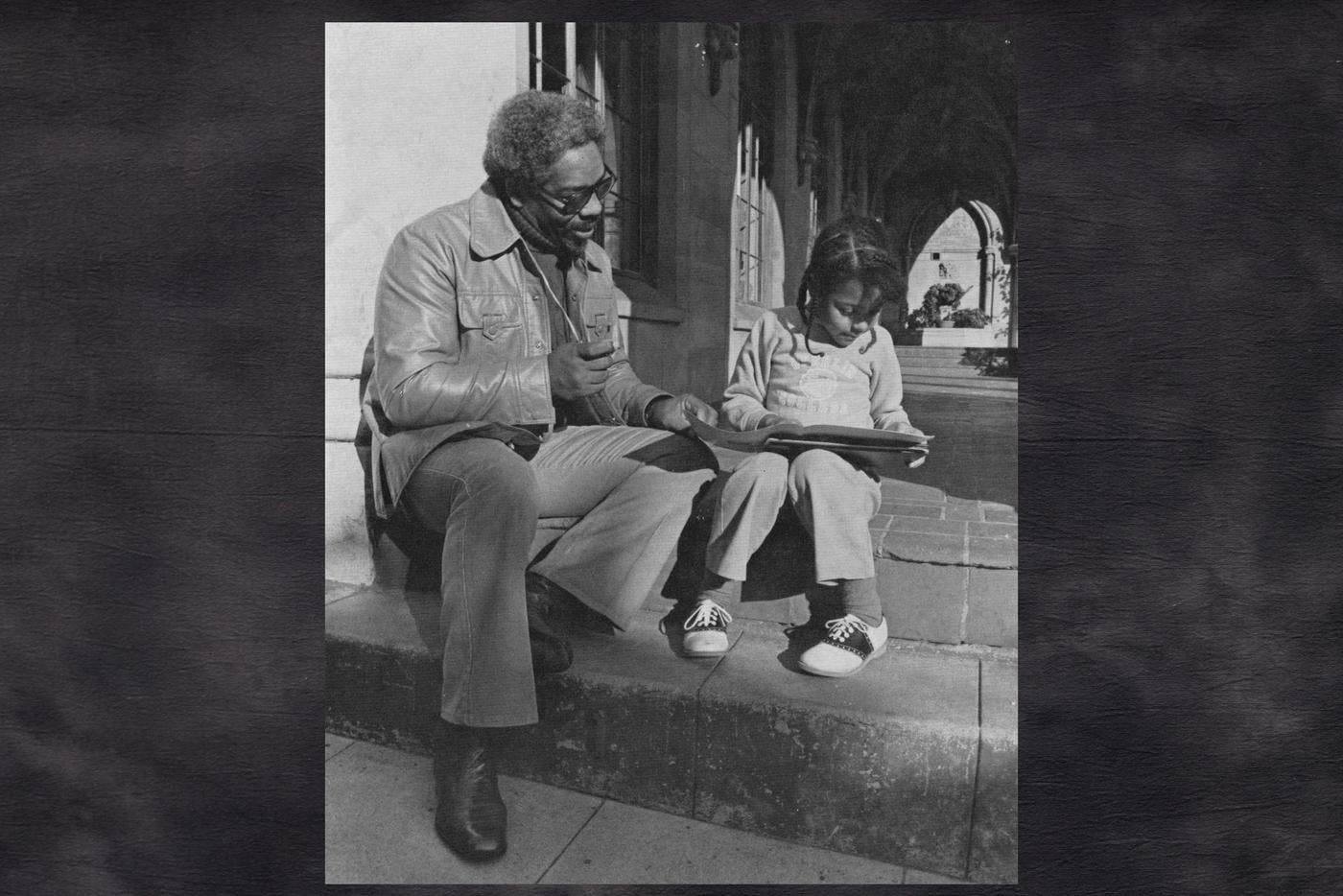
The late director, producer, stuntman and teacher used film and video production to lift up the voices of Seattle’s Black community.
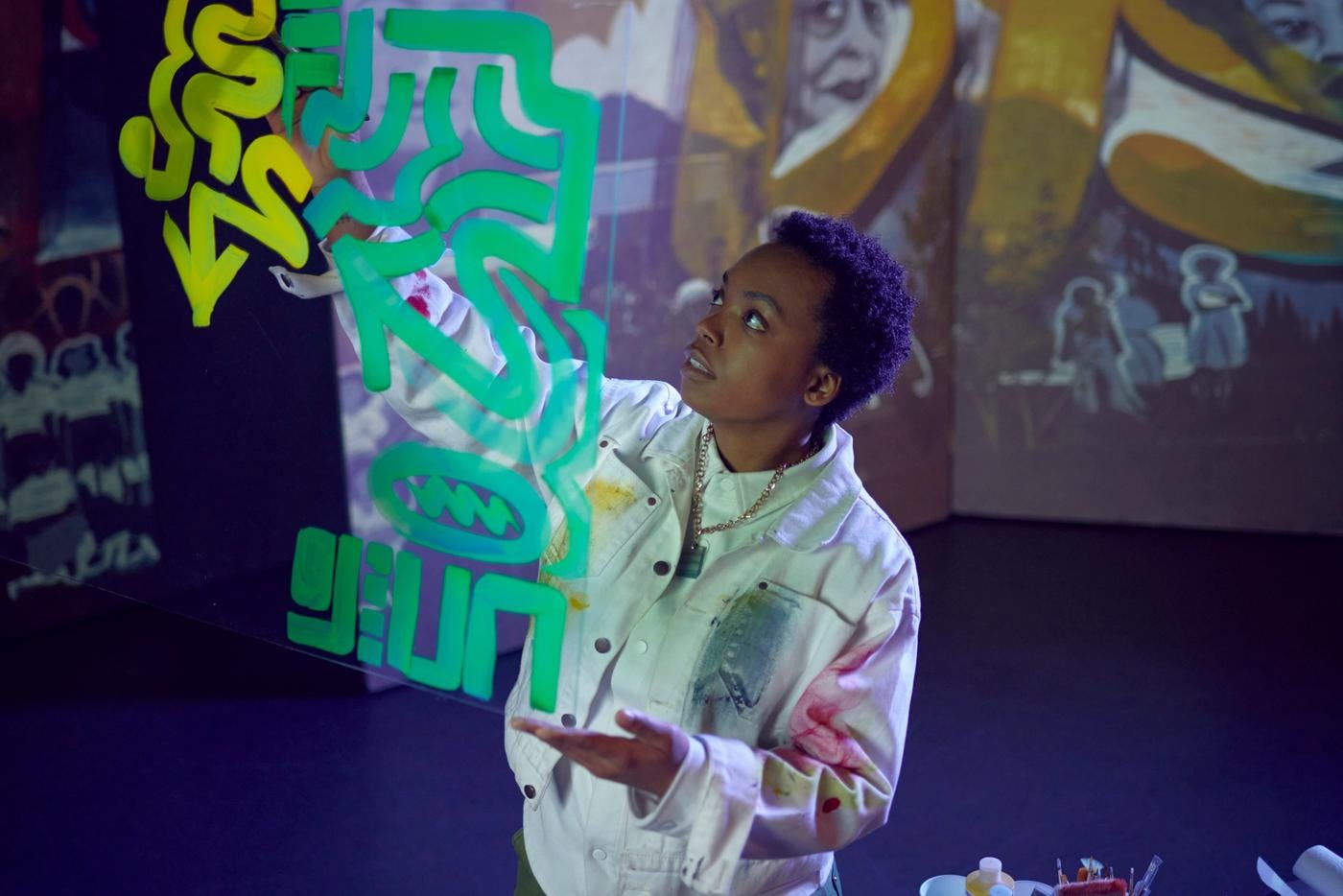
Through public murals, collaborative projects and custom sneakers, this artist is leaving her footprint on Seattle history.
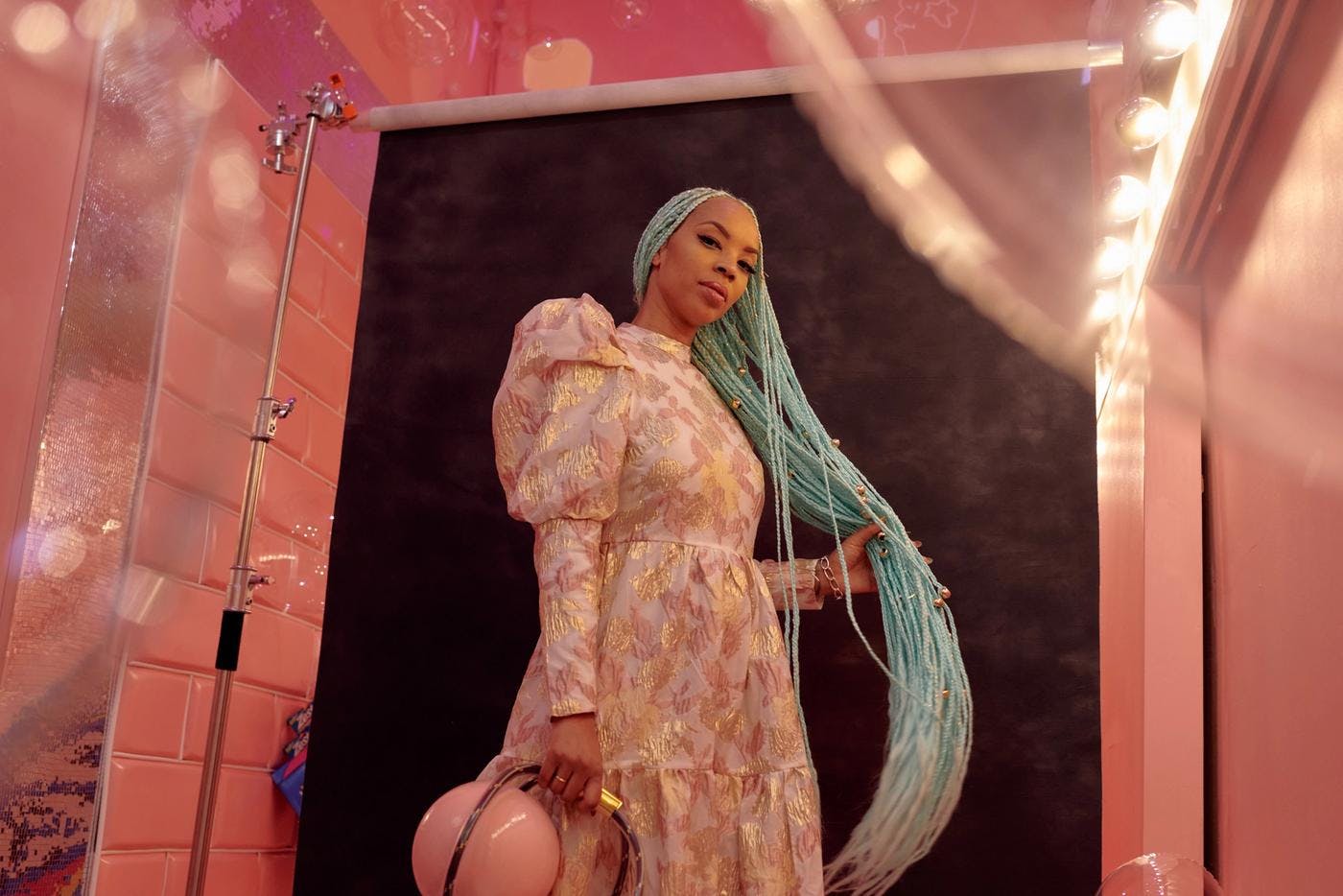
The curator, gallerist and artist is resisting the art establishment with bold immersive experiments.
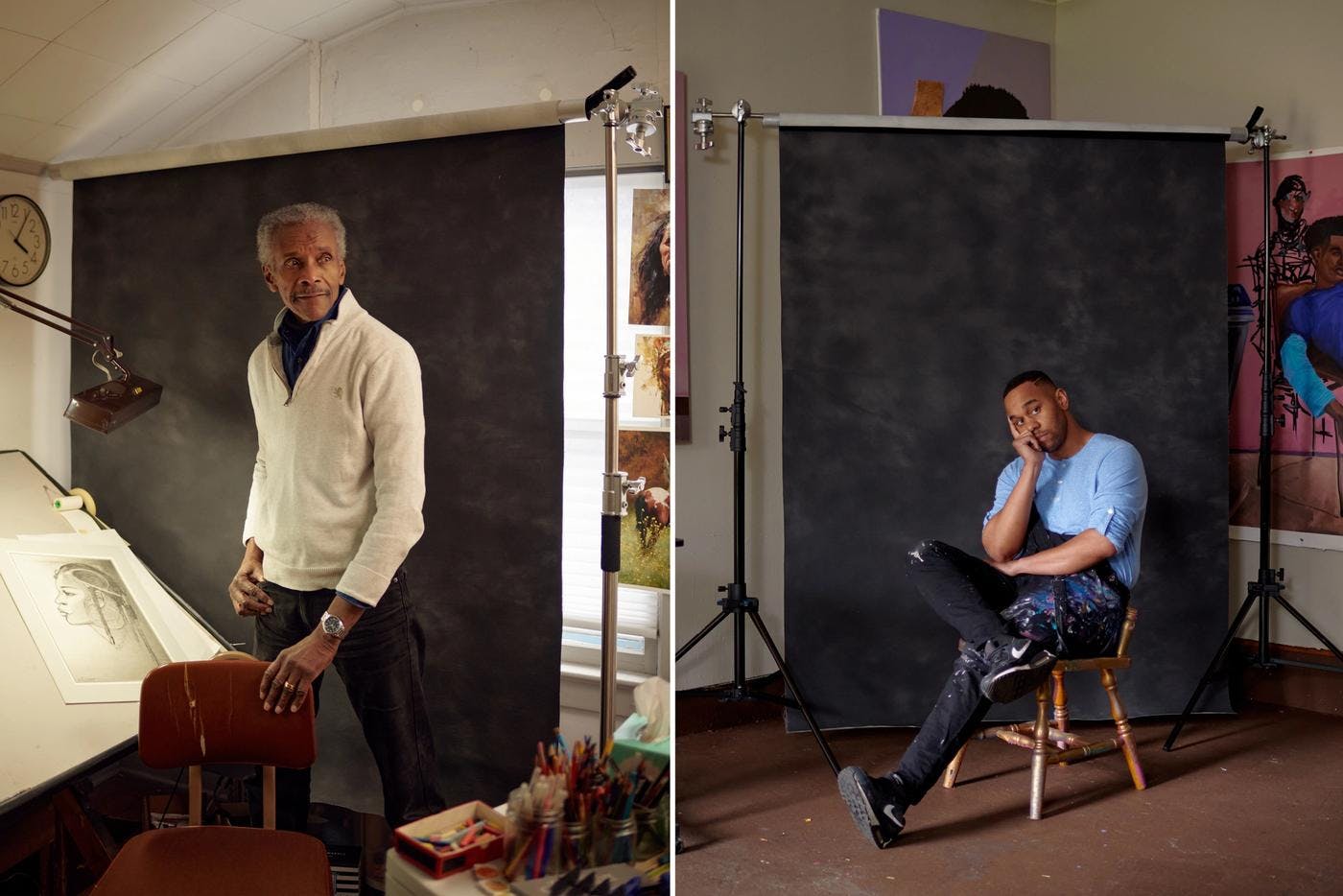
From intricate portraits to multistory murals, the artists bring Black history and bold color to the cityscape.
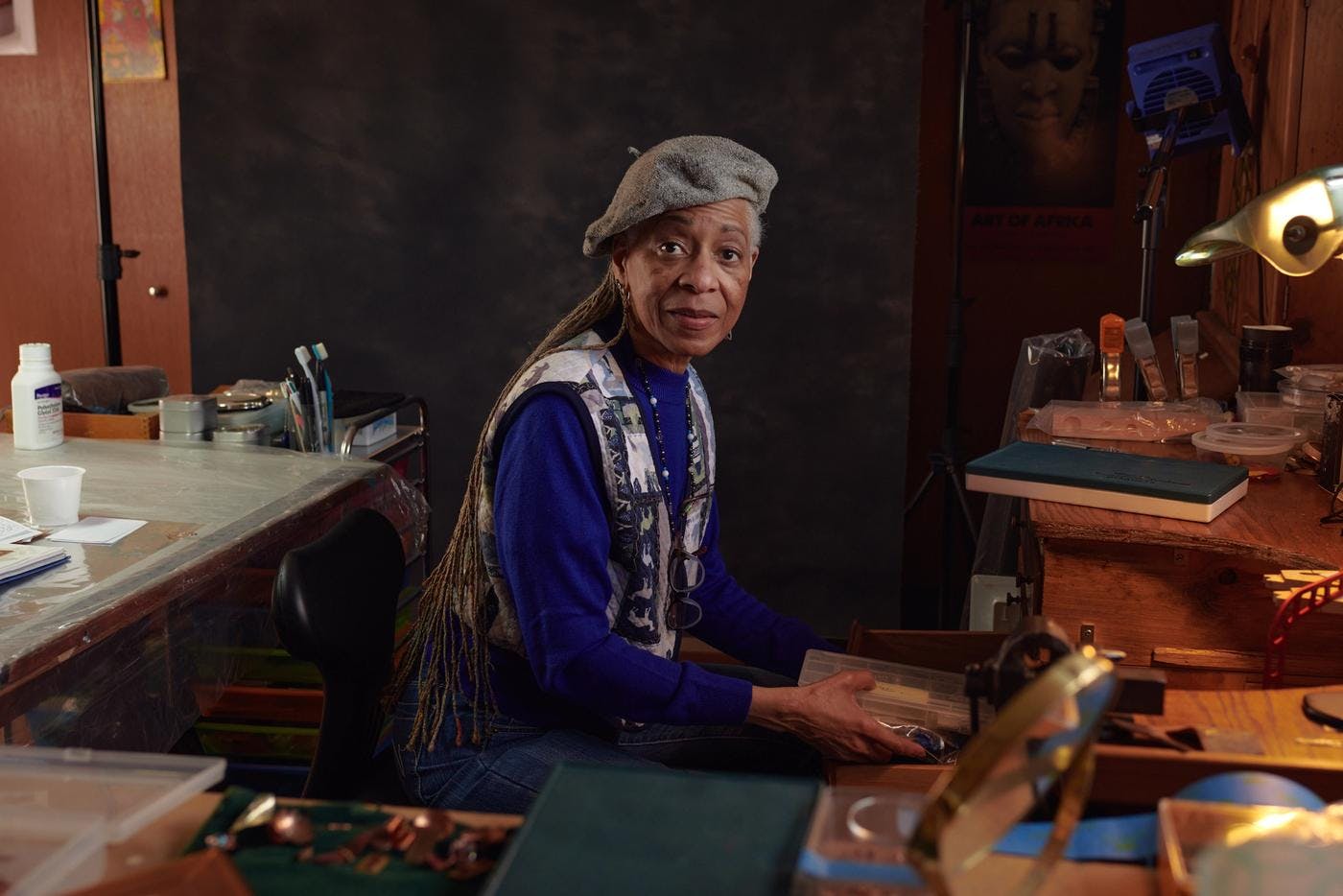
Through ceramics, sculpture, jewelry and public art, the multifaceted artist makes Black history tactile.
Thanks to our Sponsors
Your support helps Crosscut create projects like Black Arts Legacies. Learn how you can help with a one-time donation or recurring membership.
Support Crosscut